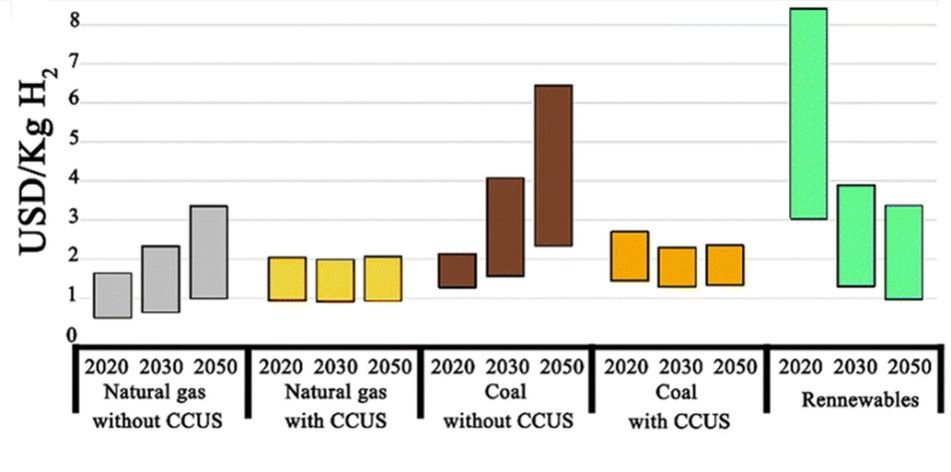Impact of Chornobyl's Radiation on Tree Frog Coloration
Impact of Chornobyl's Radiation on Tree Frog Coloration
Human activities have long had an influence on ecosystems across the world, and among the contaminants we've brought, ionizing radiation stands out as a particularly rare but potentially harmful hazard. The Chornobyl nuclear catastrophe in 1986 discharged an unparalleled amount of radioactive material into the environment, and the consequences may still be seen in northern Ukraine today. One surprise area of influence is on the Eastern tree frog (Hyla orientalis), whose dorsal skin pigmentation appears to be a natural reaction to the high levels of radiation in the area.
In a recent study, researchers sought to determine how radiation exposure from chornobyl affected the skin coloring of male Eastern tree frogs. They indicate that skin coloring may serve as a natural protection against ionizing radiation. The findings show a notable difference: frogs residing within the Chornobyl Exclusion Zone had much darker dorsal skin than frogs from outside the zone, indicating a possible adaptation connected to historical radiation levels at the time of the disaster.
Is darker coloration a protective mechanism?
Dark, melanin-rich skin is believed to defend against several forms of radiation. Melanin can neutralize free radicals and prevent DNA damage, which could be critical for animals exposed to ionizing radiation over time. Chornobyl tree frogs' darker pigmentation may function as a barrier, allowing them to resist the area's specific environmental challenges.
Interestingly, the study discovered no link between darker skin and physiological expenses such as poor body condition or higher oxidative stress, indicating that this pigmentation may be maintained without negatively impacting the frogs' health. While current radiation levels do not appear to affect skin color in the same manner, it is likely that the extreme exposure during the Chornobyl accident resulted in natural selection preferring frogs with darker skin.
An evolving ecosystem
This study sheds light on how environmental constraints shape species throughout time. Although further study is needed to fully grasp the evolutionary consequences, these findings show how the long-term repercussions of the Chornobyl tragedy go beyond human health, quietly affecting the appearance of animals in the vicinity. The Eastern tree frog's persistence in the face of such an intense environmental catastrophe demonstrates the flexibility of life. By continuing to study these adaptations, we get significant insights into how species react to environmental changes and how radiation affects ecosystems on numerous levels.
Range of dorsal skin luminance in H. orientalis males (from left to right: Luminance values of 5, 20, 30, 40 and 60).
Image credits to original authors https://doi.org/10.1111/eva.1347
Reference & Suggested Reading
Burraco, P., & Orizaola, G. (2022). Ionizing radiation and melanism in Chornobyl tree frogs. Evolutionary Applications, 15, 1469–1479. https://doi.org/10.1111/eva.1347



















